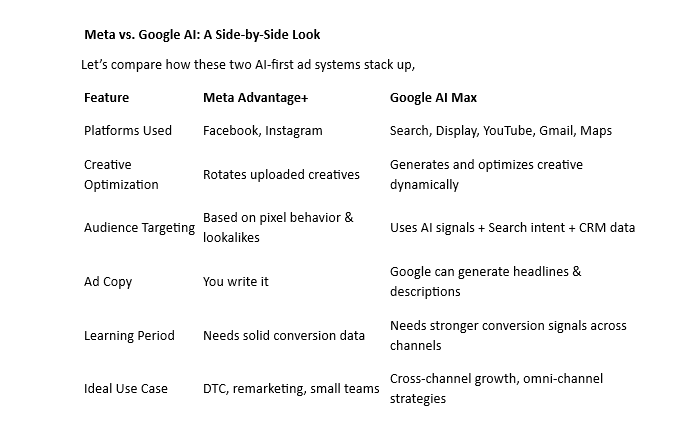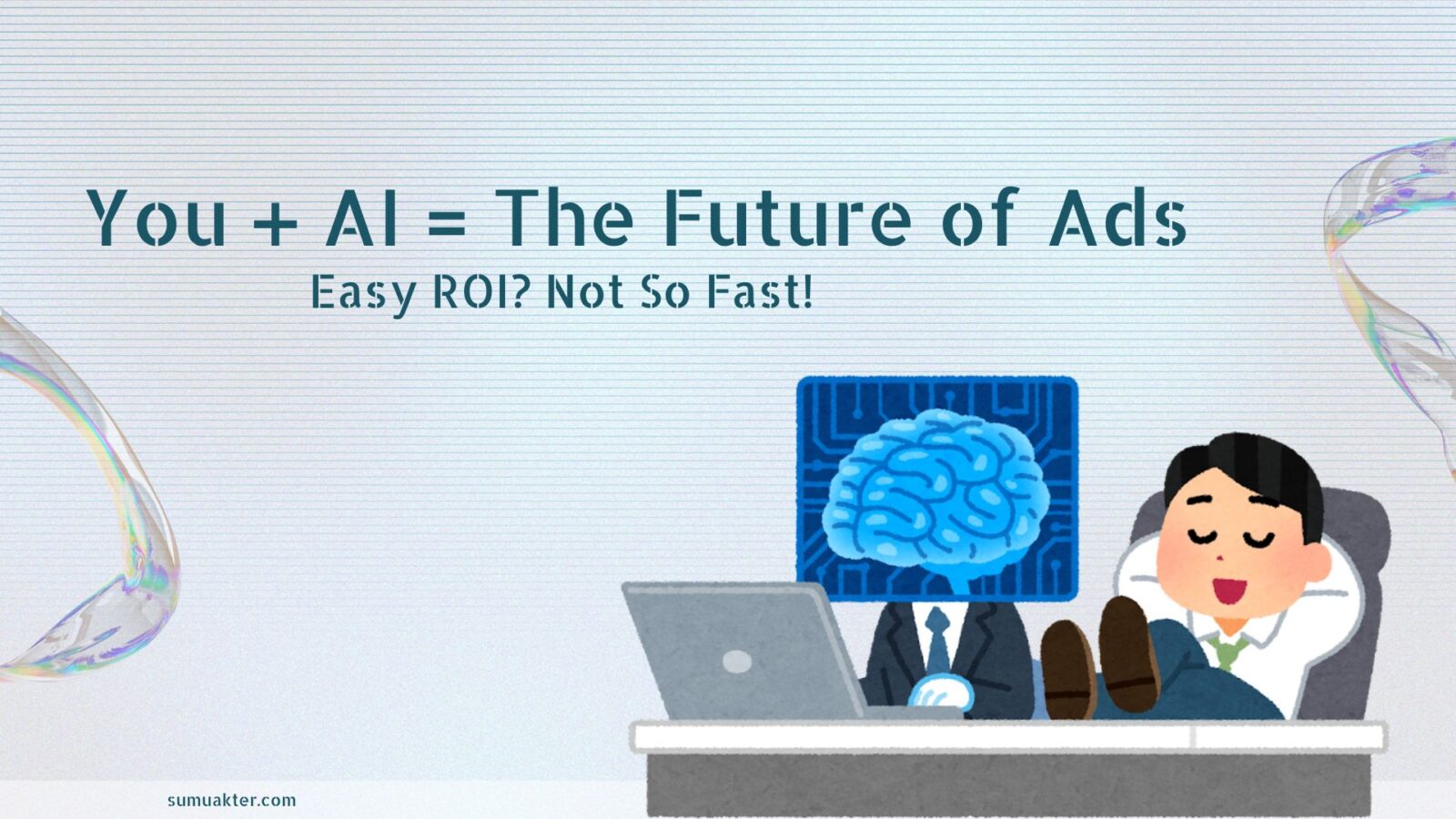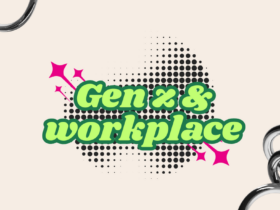We’re officially stepping into the future of digital advertising.
AI-powered ad managers are no longer just predictions, they’re real, and they’re everywhere. From Meta’s Advantage+ to Google’s AI Max, every major platform is embracing automation.
These tools promise to do it all for you: bidding, targeting, even writing your ad copy.
Sounds amazing, right? But let’s get real for a second.
Yes, AI is powerful.
Yes, it saves time.
But no—it’s not a miracle.
If you want better ROI, you still need to be involved. The AI won’t automatically understand your goals or brand voice. You have to guide it.
So let’s break it all down.
What’s Happening in Media Buying Right Now?
Ad platforms want you to “set it and forget it.” Why? Because more automation means more people can run ads—without needing to be experts.
This shift is designed to help small businesses, solo founders, and busy teams. Instead of spending hours setting up campaigns, you upload your creative, set a goal, and let the system take over.
That’s the idea, at least.
Let’s look at how Meta and Google are doing it.
Meta’s Advantage+: Smart and Simple
Meta introduced Advantage+ to make running ads on Facebook and Instagram easier.
You provide your ad creatives—images, videos, headlines—and Meta’s AI handles the rest. It finds the right people to show your ad to, rotates your creatives, and shifts your budget based on what’s working.
It also uses your pixel data and past conversions to get smarter over time.
For many small businesses, this has been a game changer. You don’t have to guess who your audience is or manually test 10 different setups. Meta does the testing for you.
But there’s a catch: If your pixel doesn’t have enough data or your creative is off, the system struggles. AI needs something solid to learn from.
Google AI Max: One Campaign, All Platforms
In 2025, Google launched AI Max, a smarter, more advanced version of Performance Max.
AI Max runs your ads across Google Search, YouTube, Gmail, Maps, and the Display Network—all in one campaign.
Don’t have a video? No problem. Google will make one for you.
Not sure what to write? The AI can generate headlines and descriptions too.
It also uses signals from your website, CRM, and past user behavior to figure out who’s most likely to convert.
This is great for busy marketers or teams who want omnichannel reach without setting up five different campaigns.
But again, there’s a “but.” If your tracking is messy or your goals aren’t clear, Google’s AI might optimize in the wrong direction.
Is “Hands-Off” Actually Better?
It’s tempting to think.
“If AI does the targeting, bidding, and creative… do I even need to do anything?”
The honest answer: Yes.
AI can only work with what you give it. If your creatives don’t clearly explain your offer, or your website doesn’t track conversions properly, AI can’t read your mind. It needs strong signals to perform well.
These tools aren’t set-it-and-forget-it. They’re more like smart interns—you still need to lead, guide, and monitor them.
Your Role Isn’t Gone—It’s Changing
With AI-first media buying, you’re not pulling levers all day. You’re doing something more valuable: strategy.
You become the trainer, not the executor.
You guide the system by,
- Uploading high-quality, on-brand creatives
- Setting up proper conversion tracking (sales, leads, etc.)
- Feeding it first-party data, like CRM or email lists
- Checking performance during learning stages and adjusting as needed
Think of AI as your assistant. It’s fast and capable, but it needs clear direction.
Meta vs Google

Real Results
Clients using Meta Advantage+ have seen lower cost-per-acquisition—up to 20–30% better—especially when using a mix of creatives. But if the pixel is new or under-trained, results can be mixed.
Advertisers using Google AI Max have reported better reach and solid returns—especially when clean CRM data is synced. We’ve seen it perform best for brands that track leads properly and have high-intent landing pages.
Bottom line: AI helps, but it still needs you.
So… Can AI Actually Deliver Better ROI?
Yes—but only if you train it.
If you expect AI to just “figure it out,” you’ll be disappointed.
But if you take time to guide it, align your business goals, and feed it strong creative and clean data—you’ll see results.
You’ll spend less time adjusting settings and more time improving strategy.
That’s a win.
This Isn’t the End of Media Buyers, It’s a New Beginning
The mindset shift we all need:
AI isn’t here to take your job. It’s here to take your busywork.
You still make the decisions. You still understand your audience. You still craft the message. AI just helps you do that faster, at scale.
Your role evolves from campaign builder to creative director and strategist. You’ll spend your time testing ideas, improving creative, and analyzing results.
The future isn’t “no work.” It’s smarter work.
Use AI as a Partner, Not a Pilot
This is the beginning of a new era in advertising.
AI-powered tools like Meta Advantage+ and Google AI Max are here to make media buying easier. But they aren’t replacing media buyers.
They’re freeing us from the time-consuming stuff—so we can focus on the big-picture decisions that actually move the needle.
So don’t check out. Stay in the game. Lead the system. Train the tools. And build campaigns that connect with real people.
AI will handle the execution. You’ll still handle the strategy.




Leave a Reply